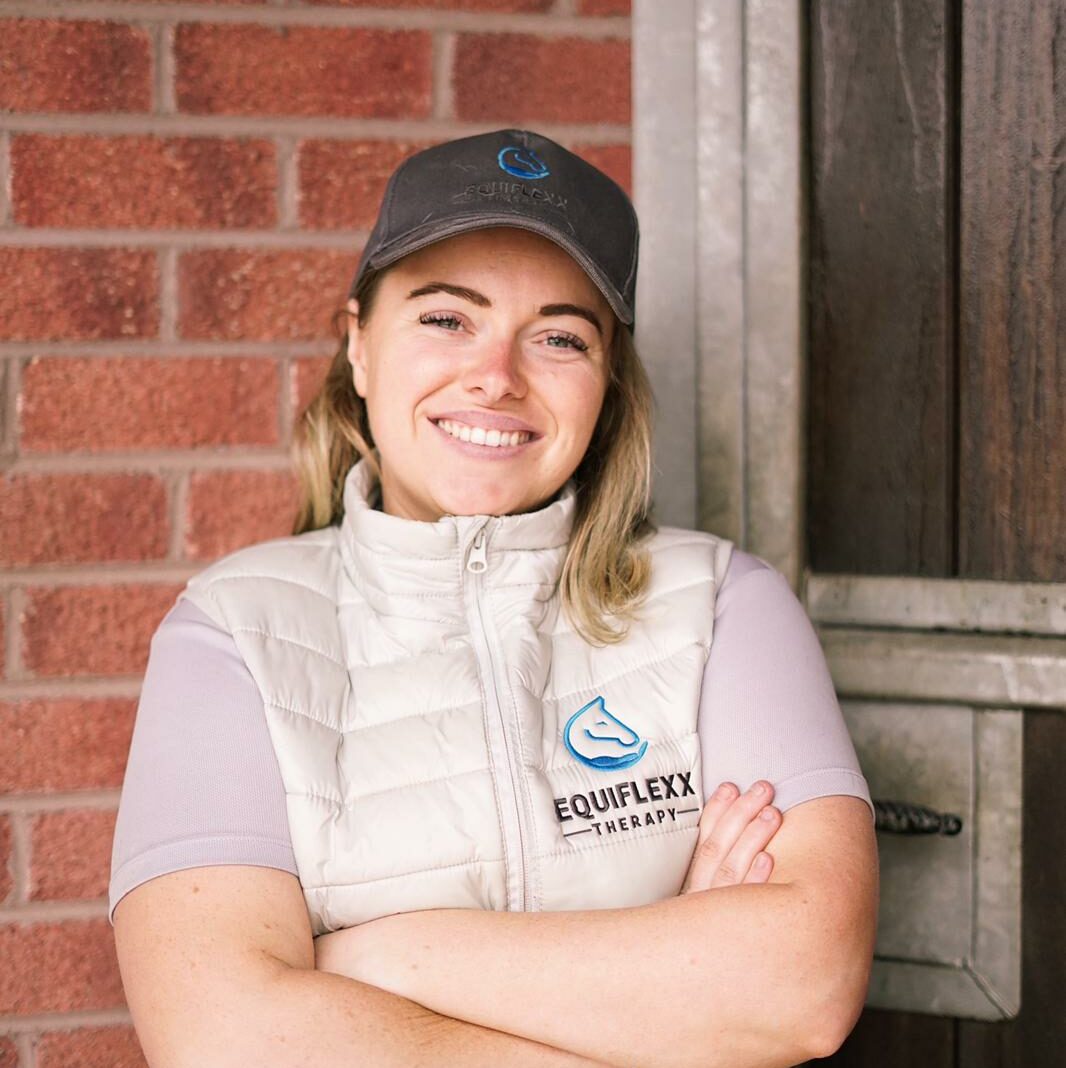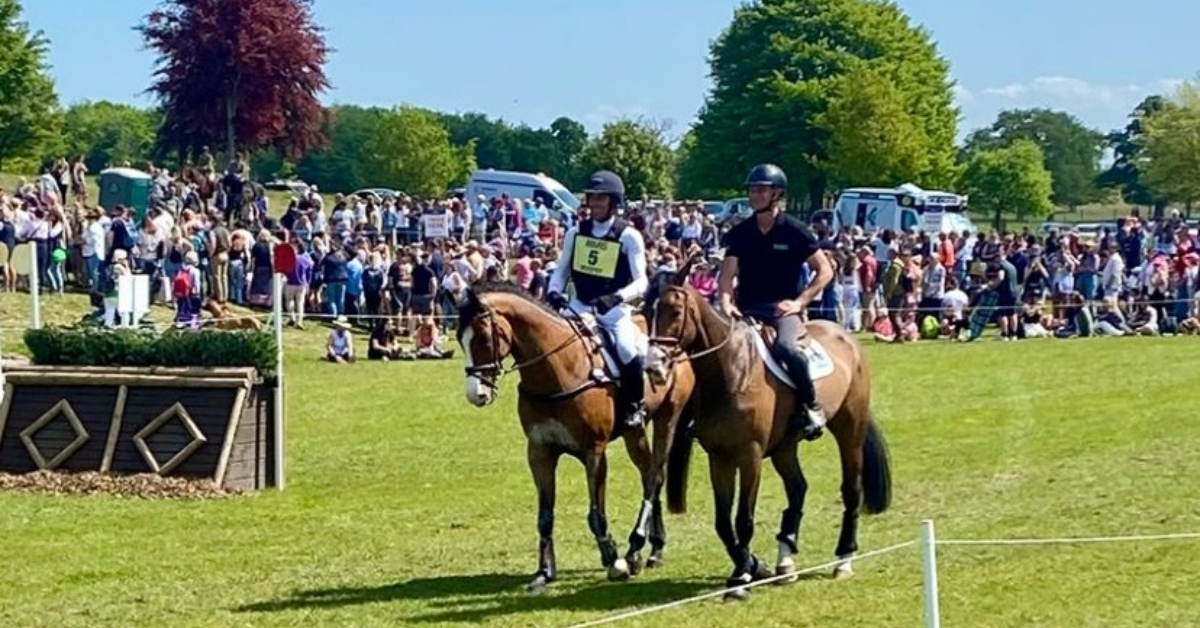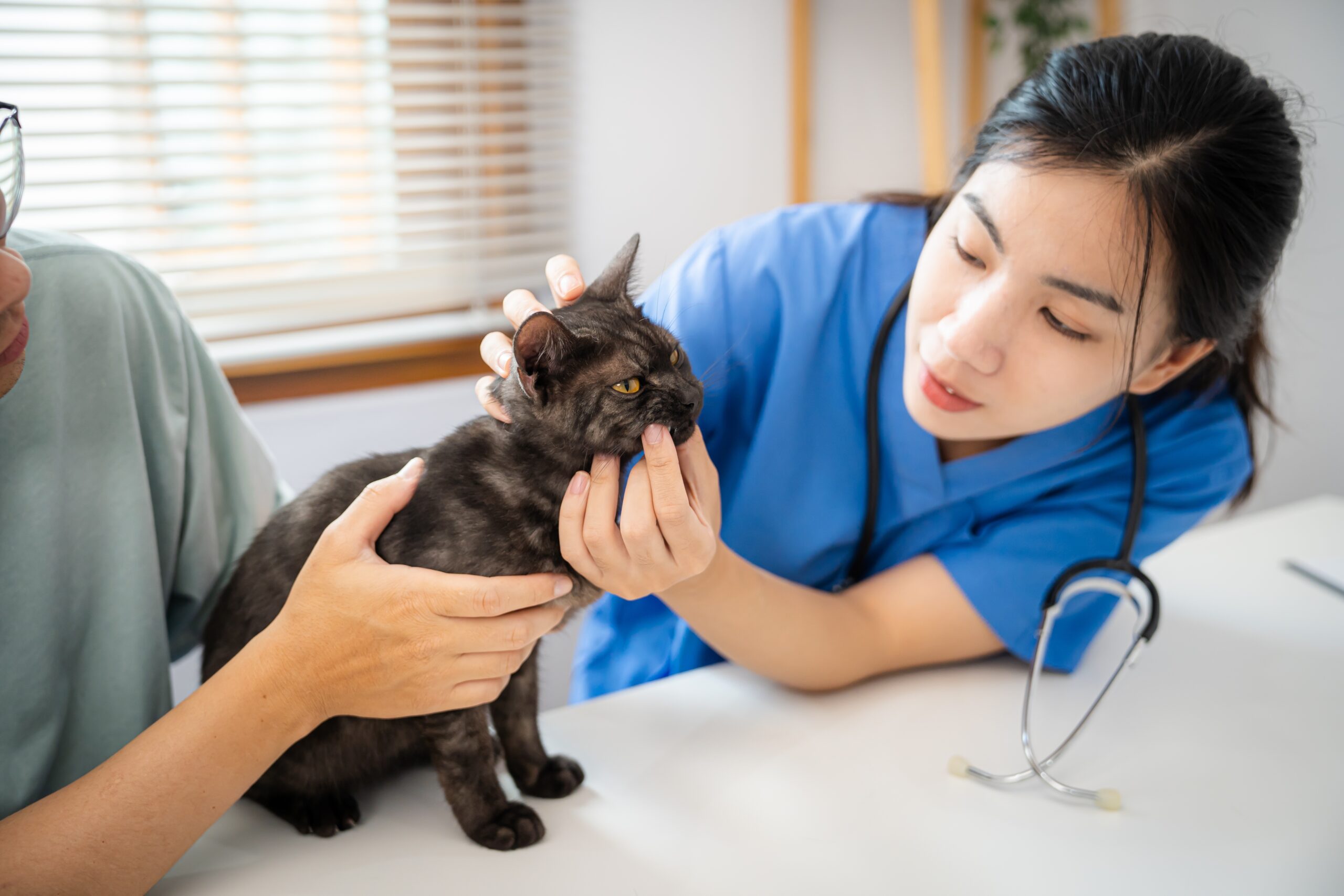One of the key aspects to good muscle health is CIRCULATION. Adequate circulation in the muscle tissue means the muscle body is receiving healthy, oxygen rich blood and nutrients it needs to function properly. Healthy muscle texture should feel like soft putty or Playdoh, when it’s cold it’s hard to mould and not pliable. After a couple of minutes in your hands it warms up and becomes soft and easy to work with.
In winter the outside temperature drops, causing blood vessels to shrink therefore muscles are not receiving adequate blood circulation. The muscle is cold and not ready to absorb movement, like the hard Playdoh. Often horses are not given enough time to warm up correctly and this is when I see damaged muscle tissues. Follow some of my EquiFlexx Top Tips for keeping your horses muscles healthy and supple during winter
Cold muscles = more prone to injury.
Cold muscles are more likely to tear or become injured when they are cold and not pliable. Ensure you give your horse plenty of time to warm up. Take your time, don’t rush.
If you are lucky enough to have a solarium at home, use it as much as possible. Before you ride as part of your warm up routine will activate the circulatory system.
Hot water bottles and heat pads.
I would recommend the Epiony heat pad. It is always handy to have if you are away at a show. Place the hot water bottle or pad other the saddle area, neck, shoulder or Gluteals (hind end).
Are you stretching correctly?
I cannot stress enough how important it is to learn how to CORRECTLY stretch your horse. Not learnt from a Youtube video. Always ask a fully qualified Equine practitioner. A lot of damage can be done if you do not know what you are doing. I will always teach my clients how to correctly stretch or I have a step by step tutorial guide on how to correctly stretch your horse on my website. www.equiflexxtherapy.com
Proper cool down
So you have given your horse a proper warm up and he has performed beautifully for you. Now he needs to have a good cool down to expel any toxins from the muscles such as Lactic acid. A good walk off under saddle or in hand until vital signs have returned to normal.
Regular Physical Therapy
Having regular Physical Therapy as part of your horses training programme is vital. One of the main aims of Massage Therapy is to increase elasticity in the tissues to reduce the risk of injury. Any muscle soreness or restrictions can be quickly identified by a qualified Equine Practitioner and therefore can be managed appropriately.
Hydration
Ensure your horse is drinking enough water and water drinkers are not frozen. Dehydration can cause severe muscle spasms, tying up and muscle fatigue.
–
Emer McNamee is a fully qualified and insured Equine Massage Therapist with EquiFlexx Therapy. Diploma in Equine Integrated Support Therapies and holds a Bachelor’s Degree in Equine Management. Over 20 years experience in the Equine Industry. Passionate about Equestrian sport and Equine Welfare.


Share
Your subscription is 100% Free for our first year, No credit card details required.

The Judging Concerns That Keep Coming Back — And Why They Can’t Be Ignored Anymore We didn’t make it to

There are few sporting events that live up to the hype. Wimbledon? Too many strawberries. Cheltenham? Too many suits. But

British Veterinary Association publishes full response to Competition and Markets Authority’s proposed remedies for veterinary market for household pets. The